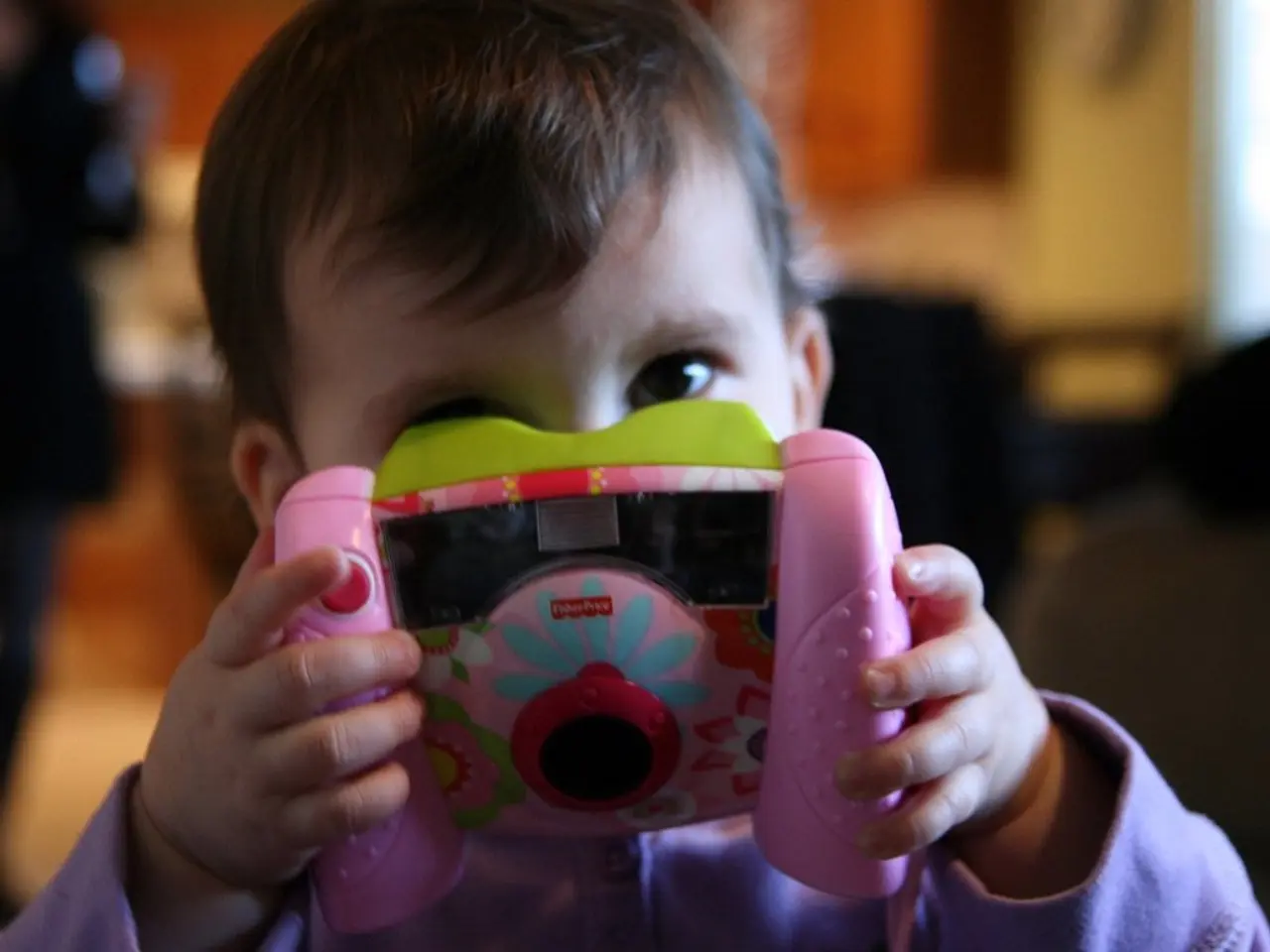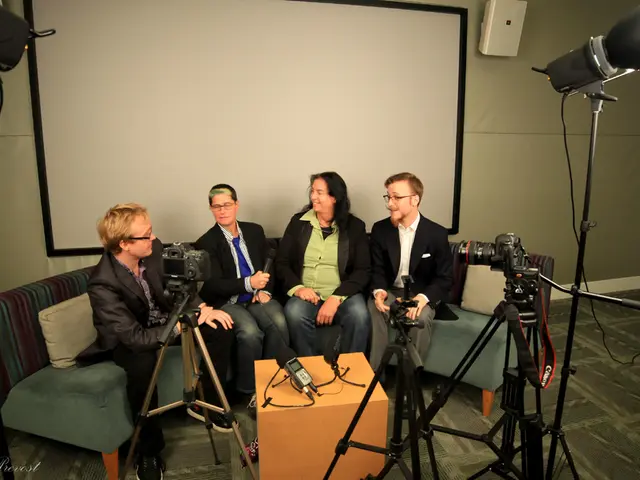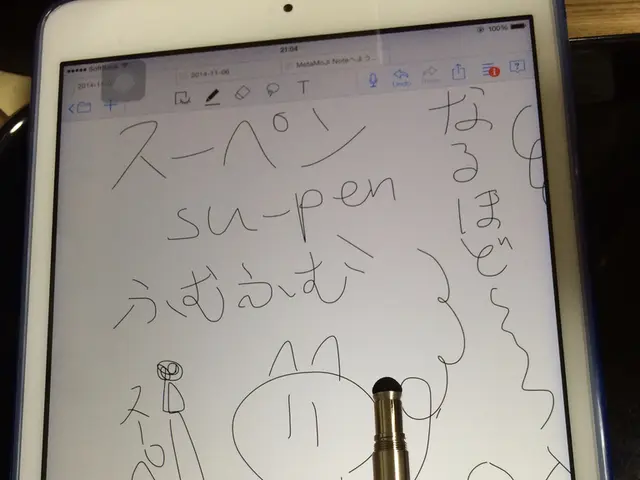Schools See Improved Student Performance When Focusing on Individual Strengths, Research Shows
In a world where many autistic students face isolation and academic struggles in high school, a groundbreaking study sheds light on a solution: focusing on students' strengths rather than their deficits.
Published in the prestigious journal Autism (2025), the study by Jia White and colleagues delves into the experiences of autistic adolescents in mainstream high schools in Western Australia, highlighting the profound impact of strengths-based approaches on their learning, social interaction, and future aspirations.
Surprisingly, students reported increased motivation, confidence, and future ambitions when their personal interests and talents were nurtured at school. They described stronger bonds with peers, more engaging learning experiences, and a clearer vision of their goals when their education aligned with what they enjoyed and excelled at.
Strengths-based education, a growing trend in the educational landscape, prioritizes supporting students by identifying and cultivating their individual abilities and interests rather than solely focusing on areas of difficulty. For autistic students, this might mean personalizing learning around areas such as coding, storytelling, or hands-on projects, offering opportunities to hone these skills in enjoyable and meaningful ways.
Over the course of the study, the researchers interviewed 16 autistic adolescents aged 12 to 20, most of whom were still in high school. Using a descriptive phenomenological method, the team explored how students perceived and made sense of their strengths-based learning experiences. Interviews were carried out either face-to-face or online, allowing students to reflect on what helped them engage at school and what held them back.
Students consistently cited a sense of fulfillment and mastery when working in areas that best utilized their strengths-ranging from programming to storytelling, science, or physical education. For some, it was the logic and consistency of STEM subjects that made them appealing. For others, creative expression or hands-on activities breathed life into learning.
One student, Jack, declared that programming was his favorite because "it's fun, it's cool to learn, and it reliably makes sense." Another student, Isabell, gushed about writing stories, claiming the experience to be "legend" and "really, really fun."
Interestingly, students also reported that their strengths helped them form connections with peers. Shared interests often served as a natural link for social interaction, making it easier for them to engage in conversations and build friendships. Many even helped their classmates, further bolstering their connection and sense of belonging within the school community.
Crucially, strengths didn’t only improve academic performance; they influenced students’ hopes for the future. Several students traced their career aspirations back to school experiences that fostered their interests. Whether envisioning themselves as a Manga artist, a pilot, or a barrister, students said their goals were clearer and more attainable with the support of educators who recognized their potential.
But strengths-based learning wasn’t a foolproof solution. Students underscored essential supports that made these approaches successful:
-Cultivating trusting relationships with teachers was instrumental. When teachers took the time to understand students' interests and how they learned best, students felt more comfortable and eager to participate.
-Clarity and consistency were vital. Students valued clear expectations, structured routines, and flexibility in demonstrating their learning.
-Accommodations such as visual aids, scaffolding, or choice in assignments allowed students to flourish on their own terms.
-A balance of structure and autonomy was paramount: enough guidance to keep them on track but enough freedom to explore their interests meaningfully.
-Hands-on, practical learning experiences, like running mock businesses or participating in technology clubs, were particularly popular. These experiences deepened their understanding of academic content and connected learning to real-world skills and aspirations.
-Future-oriented support, such as career planning, mentorship, and opportunities to discover jobs that align with their strengths, was essential. "They should focus more on our future, not on the past," one participant suggested.
This study offers important insights for educators and policy makers, encouraging them to move beyond generic inclusion policies and towards approaches that truly empower neurodiverse learners. Despite some limitations, such as a male-dominated sample, the study underscores the potential for strengths-based education to transform the high school experience for autistic adolescents.
Ultimately, effective inclusion extends beyond accommodating needs; it involves recognizing strengths, supporting aspirations, and creating experiences that help all students thrive.
- The groundbreaking study published in the journal Autism (2025) reveals that a strengths-based educational approach boosts motivation, confidence, and future aspirations in autistic students.
- In-depth interviews with 16 autistic adolescents aged 12 to 20 unveil that personalized learning experiences aligned with students' talents and interests fosters stronger bonds with peers and more engaging learning experiences.
- A strengths-based education strategy, a growing trend in education, prioritizes the identification and cultivation of individual abilities and interests rather than solely addressing areas of difficulty.
- In the research, students report feelings of fulfillment and mastery when working in areas that best utilize their strengths, such as coding, storytelling, science, or physical education, leading to clearer visions of their goals.
- Crucial supports necessary for successfully implementing strengths-based learning include robust relationships with teachers, clarity and consistency, accommodations tailored to individual needs, a balance of structure and autonomy, hands-on learning experiences, and future-oriented support.








